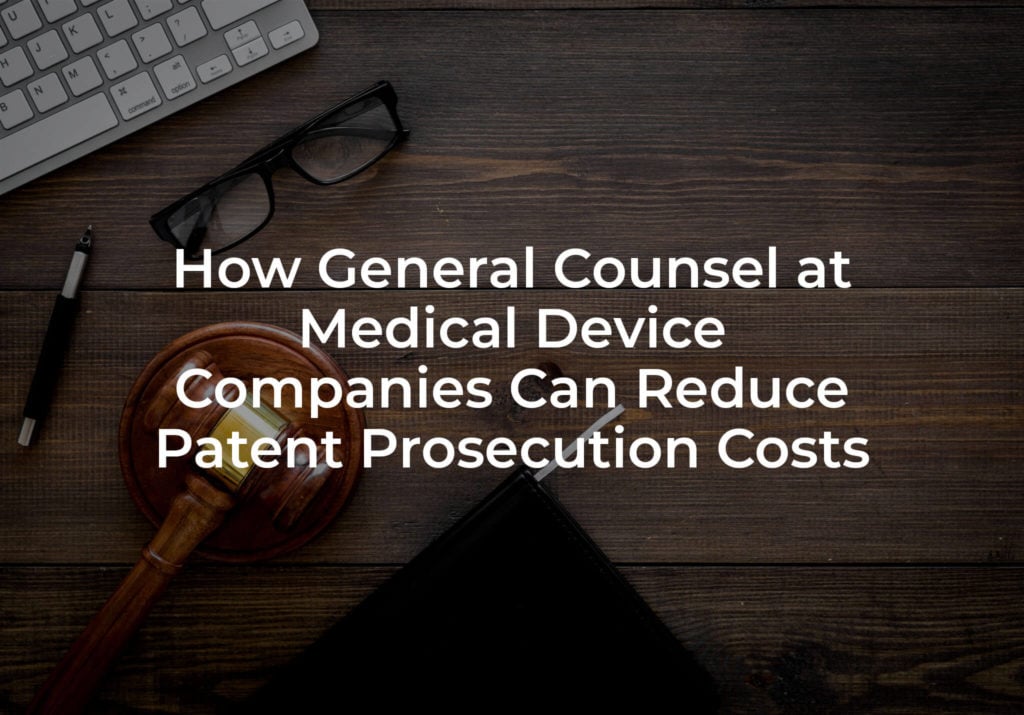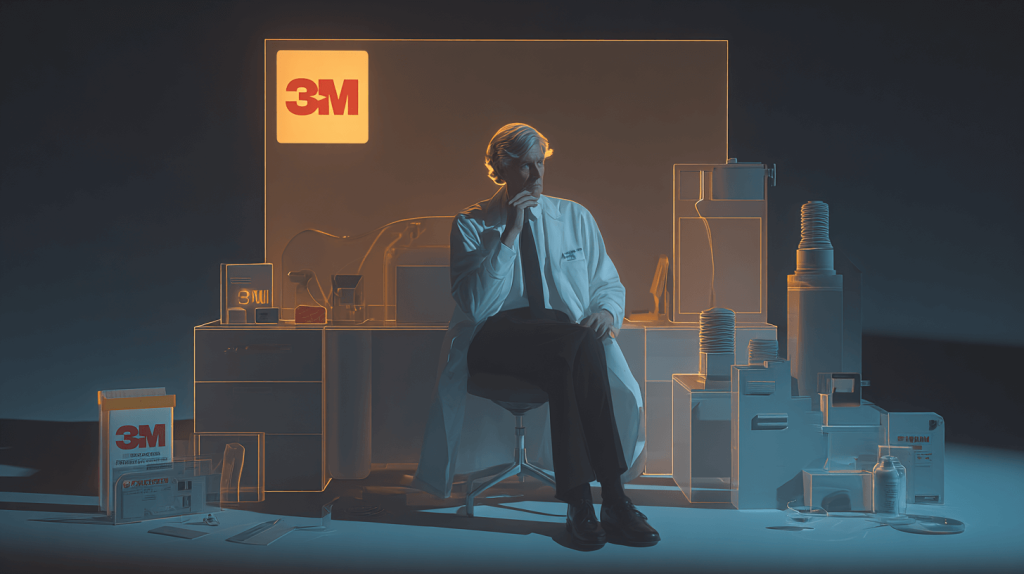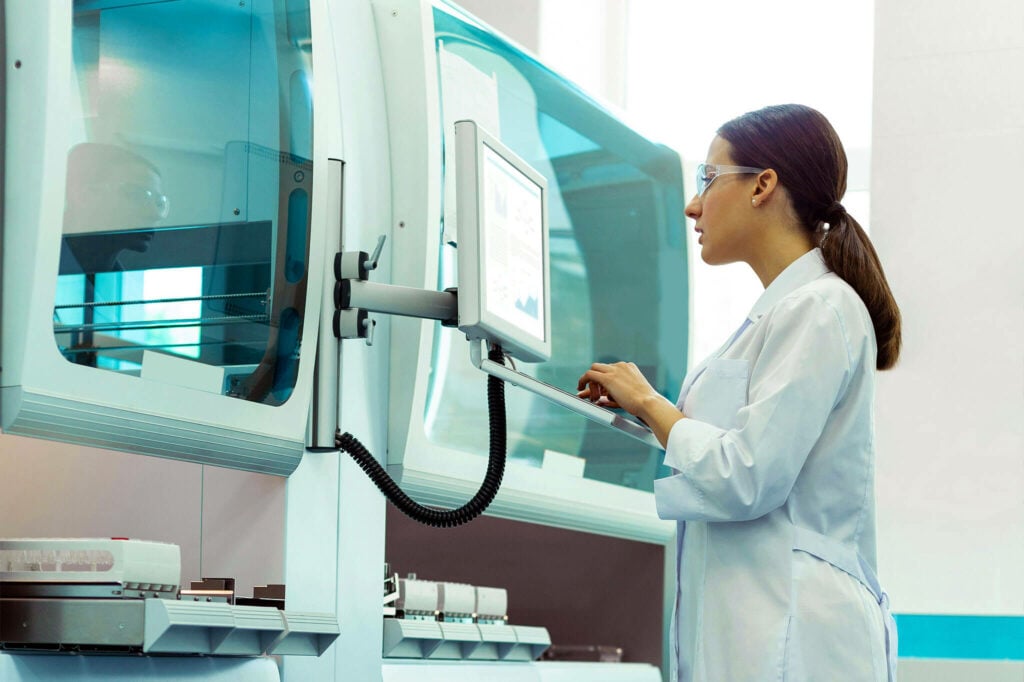By some estimates, more than 75,000 patents for medical devices have been issued by the U.S. Patent and Trademark Office (USPTO) over the past 30 years. While some large medical device companies receive billions of dollars in revenue per year, and can easily budget for patent-related costs, many of the patents are issued to small medical device companies having a fraction of the annual revenue and budgets of their larger competitors.
The cost of filing a single patent application can include attorney fees, drawing fees, and official filing fees; and the cost of prosecuting the patent application before the Patent Office will usually require additional attorney fees for responding to any issues raised by the patent examiner(s) handling the application. Accordingly, it is not uncommon for the overall cost of obtaining a patent to surpass $20,000.
There are many reasons why general counsel attorneys at a medical device company may need to be concerned with managing or reducing costs associated with the company’s intellectual property. Below are several strategies for helping to reduce and control costs related to patent procurement.
Hire a Fixed Fee Patent Attorney
One way to help control patent prosecution expenses is to work with a patent law firm on a fixed fee basis. Fixed fee law firms are conscientious about what their services are costing clients. The transparency of a fixed fee pricing structure provides untold value by enabling general counsel with the ability to assess in real time whether they are staying on budget. The Rapacke Law group is a transparent fixed fee law firm.
Start with a Prior Art Search
Before investing money on a patent application, have a thorough prior art search conducted and have the results analyzed by a patent attorney. Inventors are usually familiar with what is currently available in the relevant market, but typically lack an understanding of the patent landscape in their field because there are thousands of patent applications that were filed and subsequently published by the Patent Office, but never resulted in a commercialized product. Paying for a competent prior art search and a report with a written analysis by a patent attorney is likely to be the best money a medical device company can spend.
File a Provisional Application
A provisional patent application filing is a low-cost filing date placeholder for a later filed non-provisional patent application. A provisional application must describe the invention completely, just like a non-provisional application, but fewer formalities are required, which makes its preparation cheaper. Because only non-provisional patent applications are formally examined by the USPTO, a provisional application must be converted into a non-provisional application prior to its expiration 12 months after the filing date. Some benefits of filing a provisional application include:
- Low initial cost, while retaining an early effective filing date for the non-provisional application that is to follow.
- Up to 12 months of time to defer costs in order to seek additional funding or licensing opportunities before the provisional application must be converted into a non-provisional application.
- Fewer filing requirements at the time of filing buys applicants some time to prepare a more thorough and well-planned non-provisional application.
Include at Least One “Picture Claim”
The claims of an issued patent are the metes and bounds of the legal protection granted on an invention. It is good practice to include claims that are broad in scope, so the issued patent will offer the broadest possible protection. But if one’s goal is to resolve the patent application process quickly (i.e., get to allowance as quickly as possible, and thus with lower overall cost), then it is a good idea to include at least one “picture claim” in the application. A “picture claim” is a detailed claim that is narrow in scope because it is designed to most clearly and precisely describe the claimed invention. Effectively, the claim language of this narrow claim conveys – or paints – a “picture” of the claimed invention, and thus it is referred to as a “picture claim”.
An International Filing Could Buy Time
If your medical device company plans to seek patent protection internationally, then the Patent Cooperation Treaty (PCT) application process could be useful in reducing costs. Filing a single PCT application with a PCT receiving office, such as the USPTO, will subsequently allow applicants to make a formal submission to any of the 153 PCT-participating countries world-wide within 20–31 months after the initial PCT filing. That period of time provides an important window for applicants to seek funding or to narrow their focus on specific countries. For at least these reasons, the PCT application process is more cost effective than the alternative option of filing applications directly in each country.
The Rapacke Law Group Can Help Control Costs
The Rapacke Law Group is a fixed fee law firm, and we understand our clients value our efforts to keep patent prosecution costs under control. We would like to help your startup or medical device company in any way we can. Please reach out to us for a free initial consultation.




